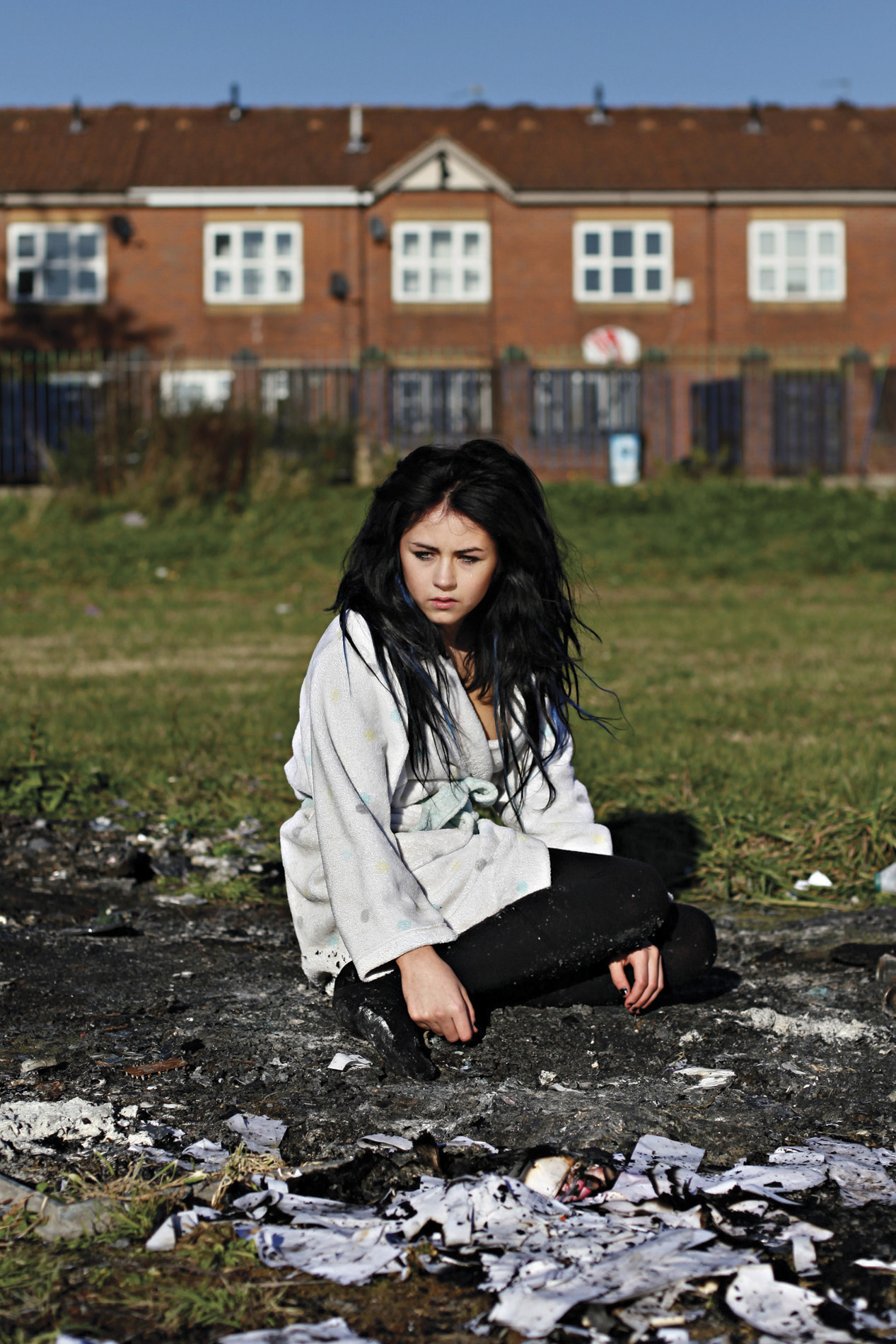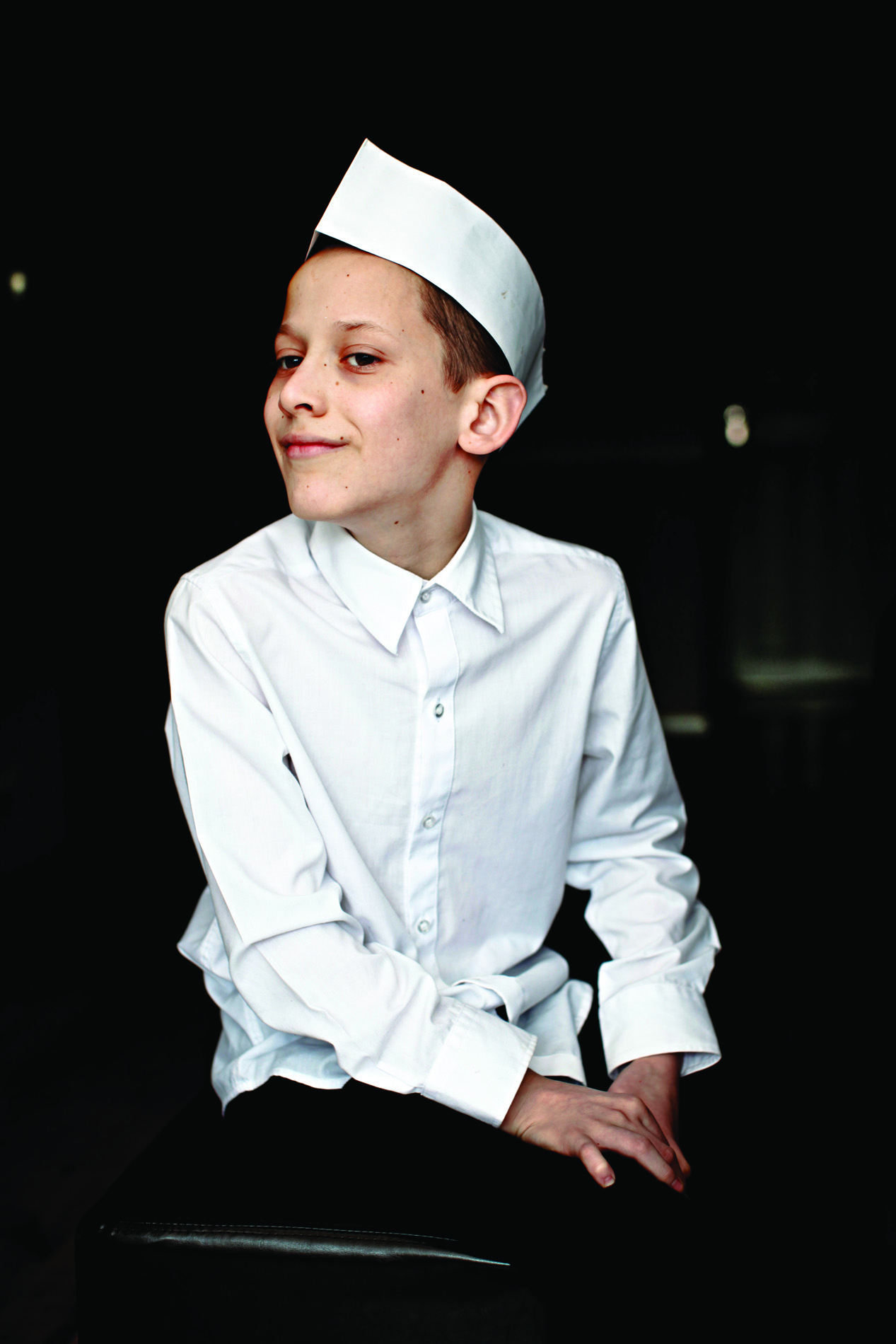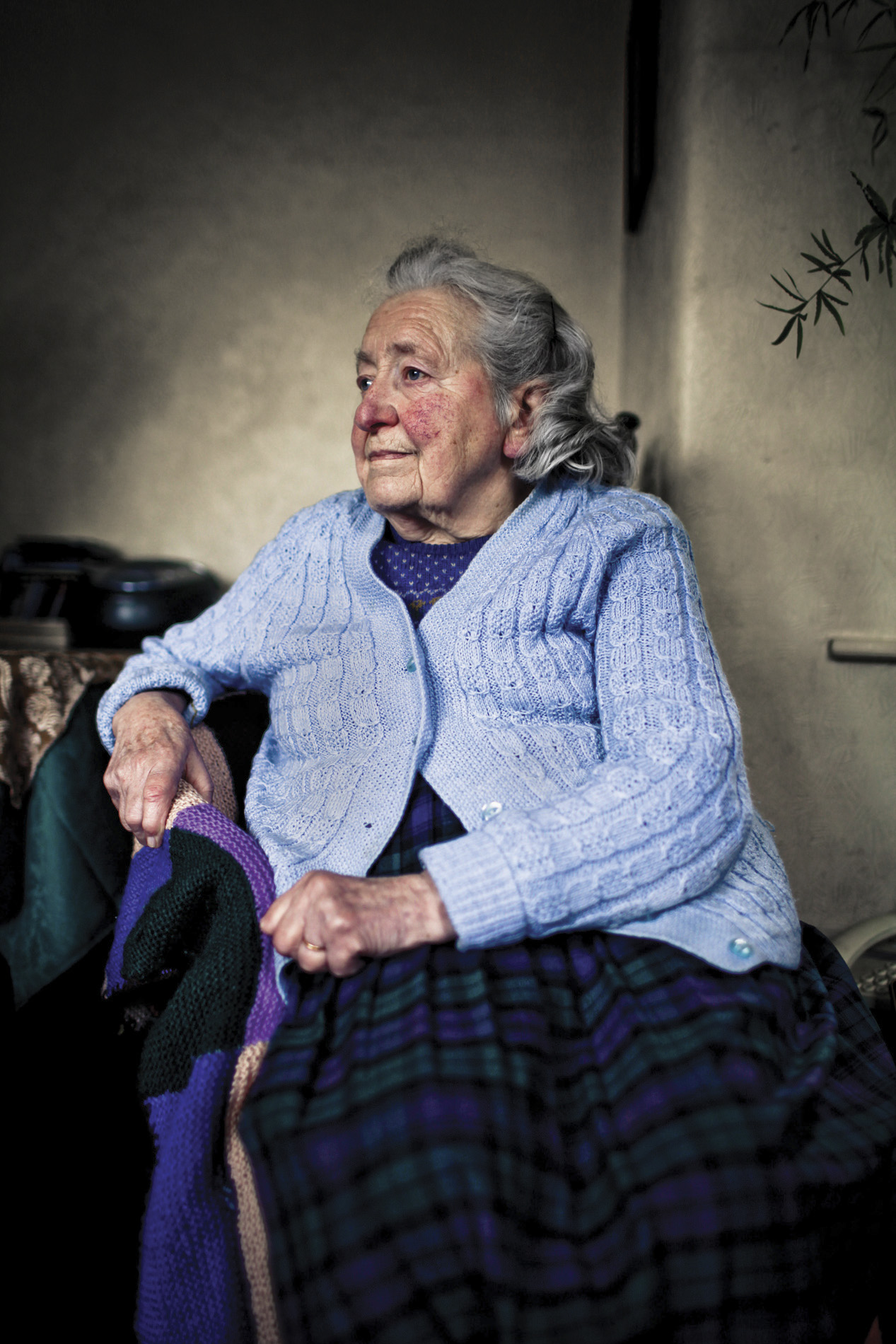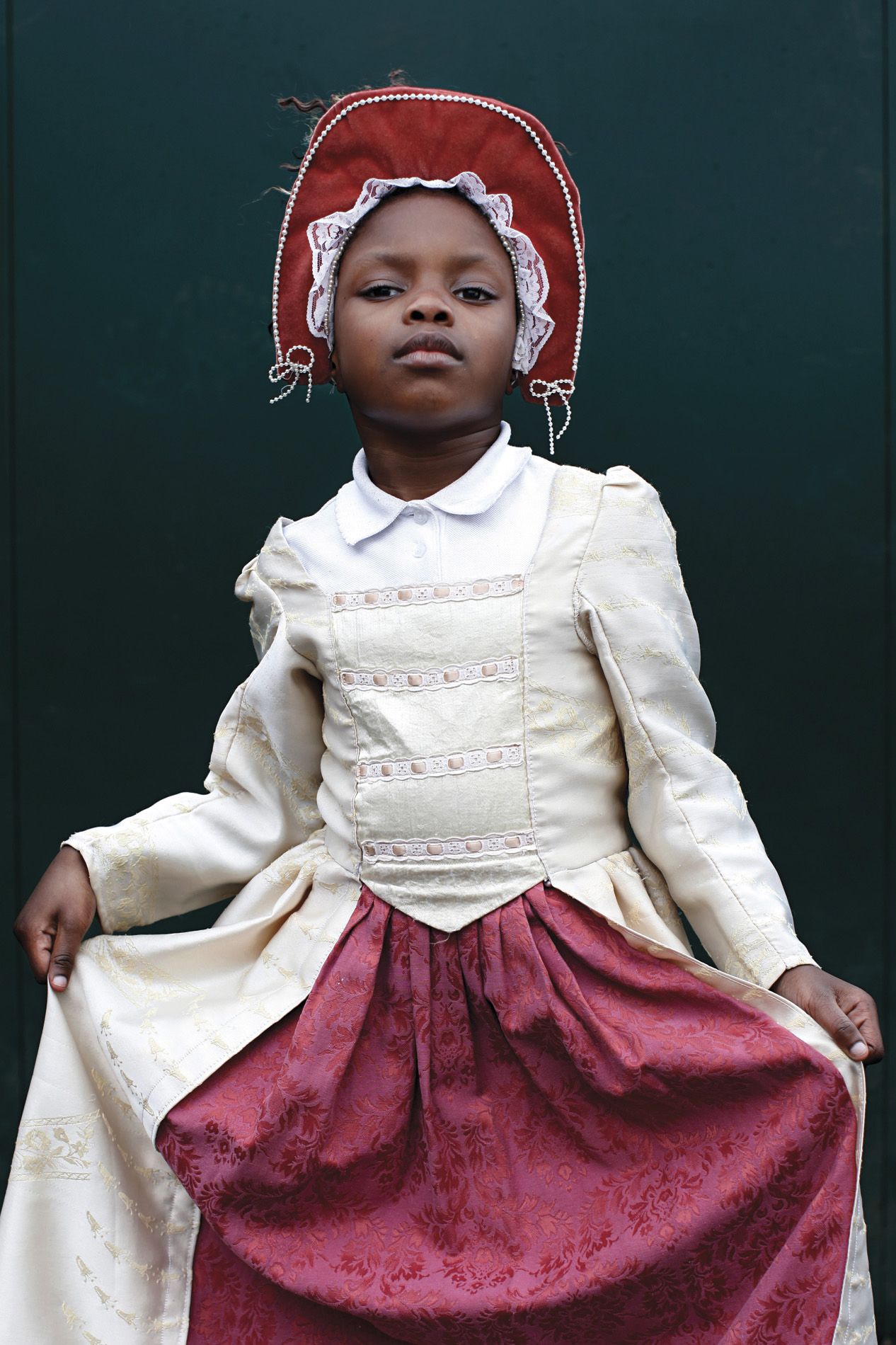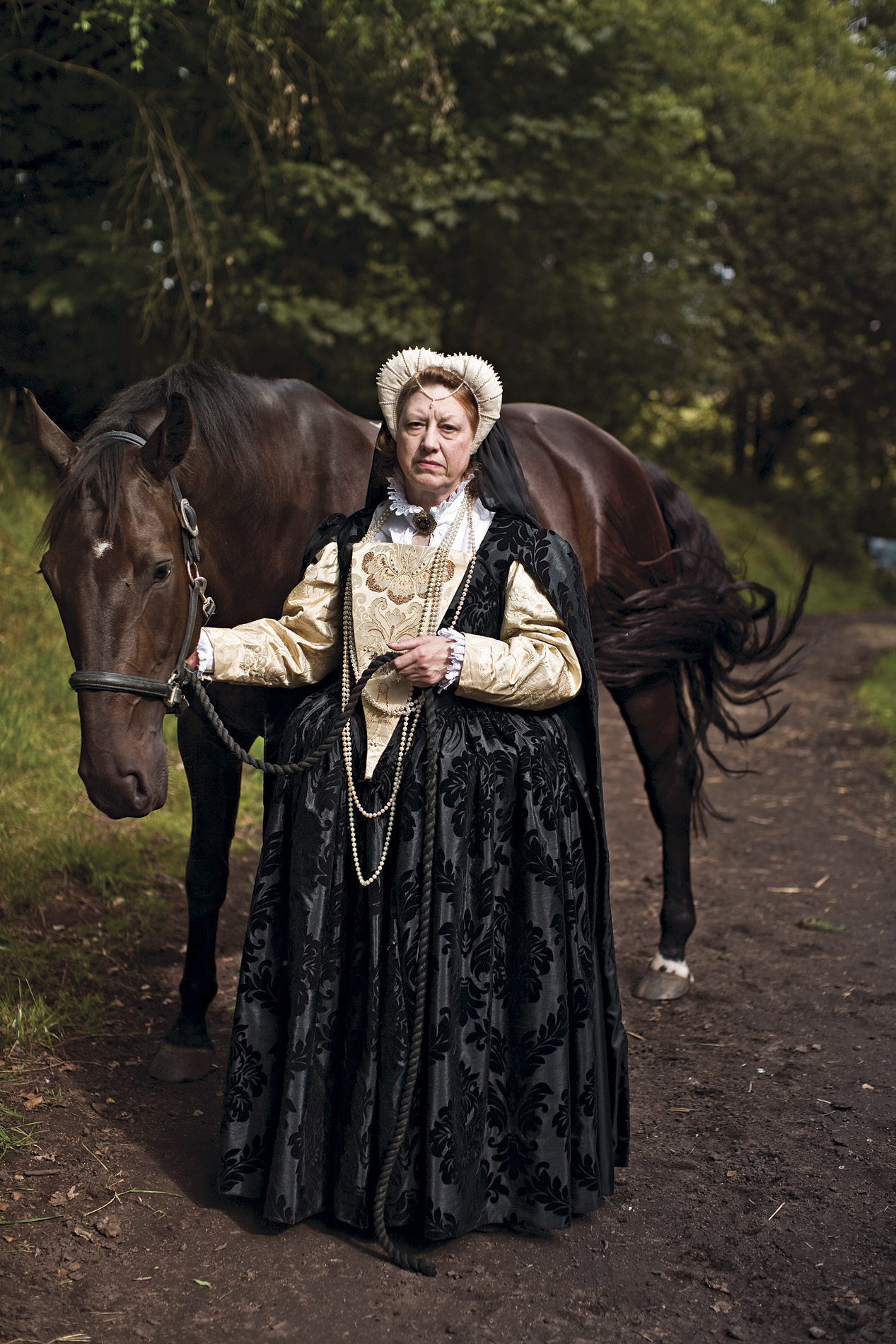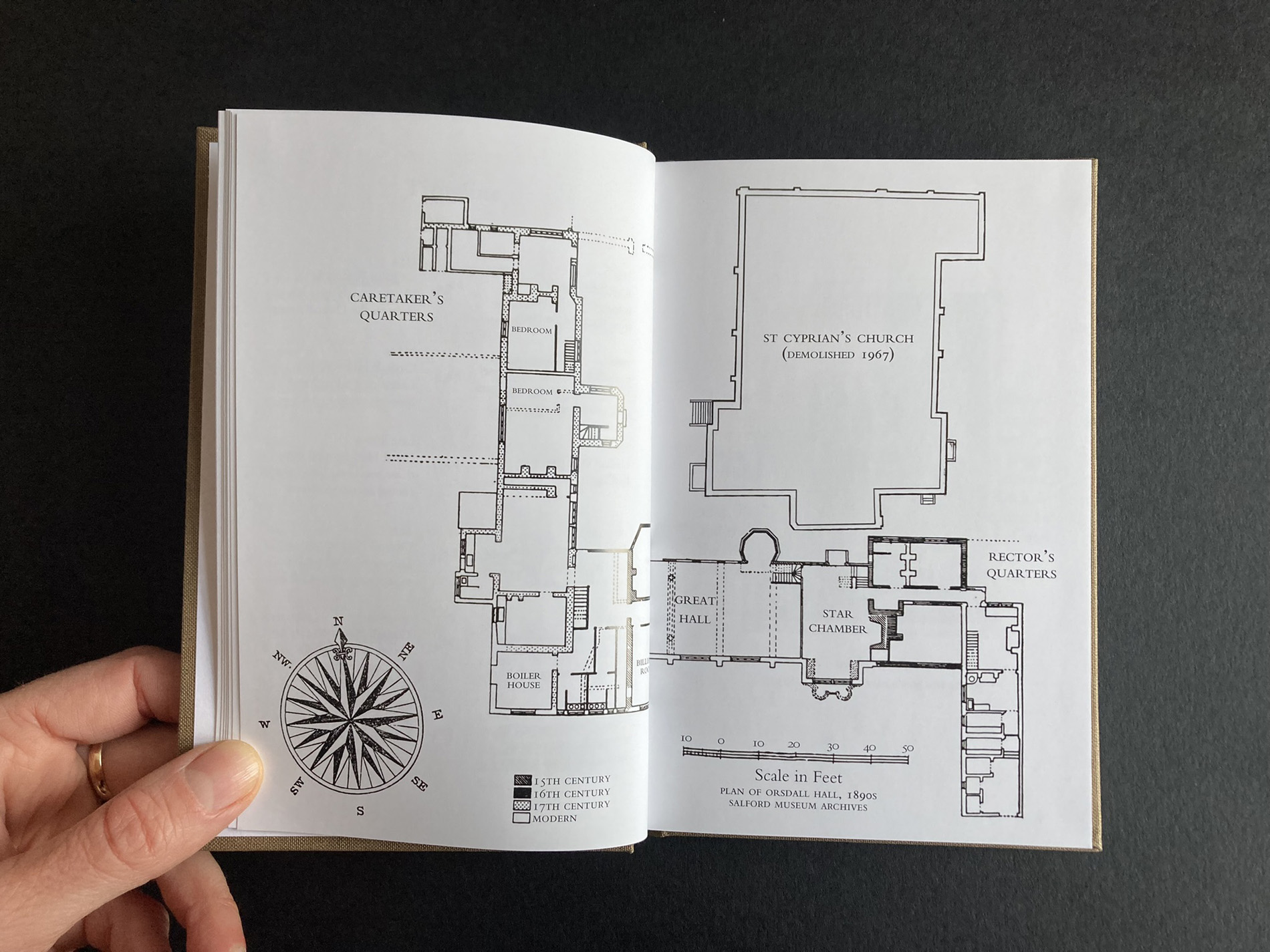A Curious Old House
Book Publication and Exhibition
A contemporary record of Ordsall Hall's place in the cultural life and identity of Salford; a container carrying the impressions of people who have briefly encountered it, the recollections of those who have lived within it and finally, the stories of others who have become enchanted by it.
Commissioned by Ordsall Hall and Salford City Council
Ordsall Hall is a historic house in Salford, Greater Manchester, believed to be over 830 years old with the oldest surviving parts of the Hall built in the 15th century.
Between 2009 and 2011, the Hall underwent a dramatic restoration with rotting timbers restored and replaced, previously hidden medieval and Tudor features brought back to life, beams blackened by the Victorians stripped back to their original colour, and medieval stained glass windows restored and reinstated after languishing for many years in the basement of Salford Museum.
Although old documents housed in the museum allow us to identify the many structural changes made to the Hall through the ages, much about the lives, objects, and events that have filled it remain a mystery.
Likewise, the stories and anecdotes that give meaning to them are for the most part gone, replaced by myths and legends passed from one generation to the next.
We believe these stories to be as important to the life of a building and its place in the community as the bricks and mortar that hold it together.
While the conservationists worked on the physical structure, we set out to explore the building's significance to those whose lives have been touched by it and who have contributed to its survival. The result is an alternative archive consisting of old photographs, contemporary portraits, artefacts and interviews that reflect the relationship former residents, neighbours, workers and visitors past and present have to the Hall.
In gathering these diverse testimonies, we regard Ordsall Hall as a living palimpsest – a structure scraped clean to be re-used again but which bears the traces of its many previous incarnations.
As the Hall emerges from the most recent restoration in its long life, we see this book as a contemporary record of the Hall's place in the cultural life and identity of Salford; a container carrying the impressions of people who have briefly encountered it, the recollections of those who have lived within it and finally, the stories of others who have become enchanted by this curious old house.
Between 2009 and 2011, the Hall underwent a dramatic restoration with rotting timbers restored and replaced, previously hidden medieval and Tudor features brought back to life, beams blackened by the Victorians stripped back to their original colour, and medieval stained glass windows restored and reinstated after languishing for many years in the basement of Salford Museum.
Although old documents housed in the museum allow us to identify the many structural changes made to the Hall through the ages, much about the lives, objects, and events that have filled it remain a mystery.
Likewise, the stories and anecdotes that give meaning to them are for the most part gone, replaced by myths and legends passed from one generation to the next.
We believe these stories to be as important to the life of a building and its place in the community as the bricks and mortar that hold it together.
While the conservationists worked on the physical structure, we set out to explore the building's significance to those whose lives have been touched by it and who have contributed to its survival. The result is an alternative archive consisting of old photographs, contemporary portraits, artefacts and interviews that reflect the relationship former residents, neighbours, workers and visitors past and present have to the Hall.
In gathering these diverse testimonies, we regard Ordsall Hall as a living palimpsest – a structure scraped clean to be re-used again but which bears the traces of its many previous incarnations.
As the Hall emerges from the most recent restoration in its long life, we see this book as a contemporary record of the Hall's place in the cultural life and identity of Salford; a container carrying the impressions of people who have briefly encountered it, the recollections of those who have lived within it and finally, the stories of others who have become enchanted by this curious old house.

